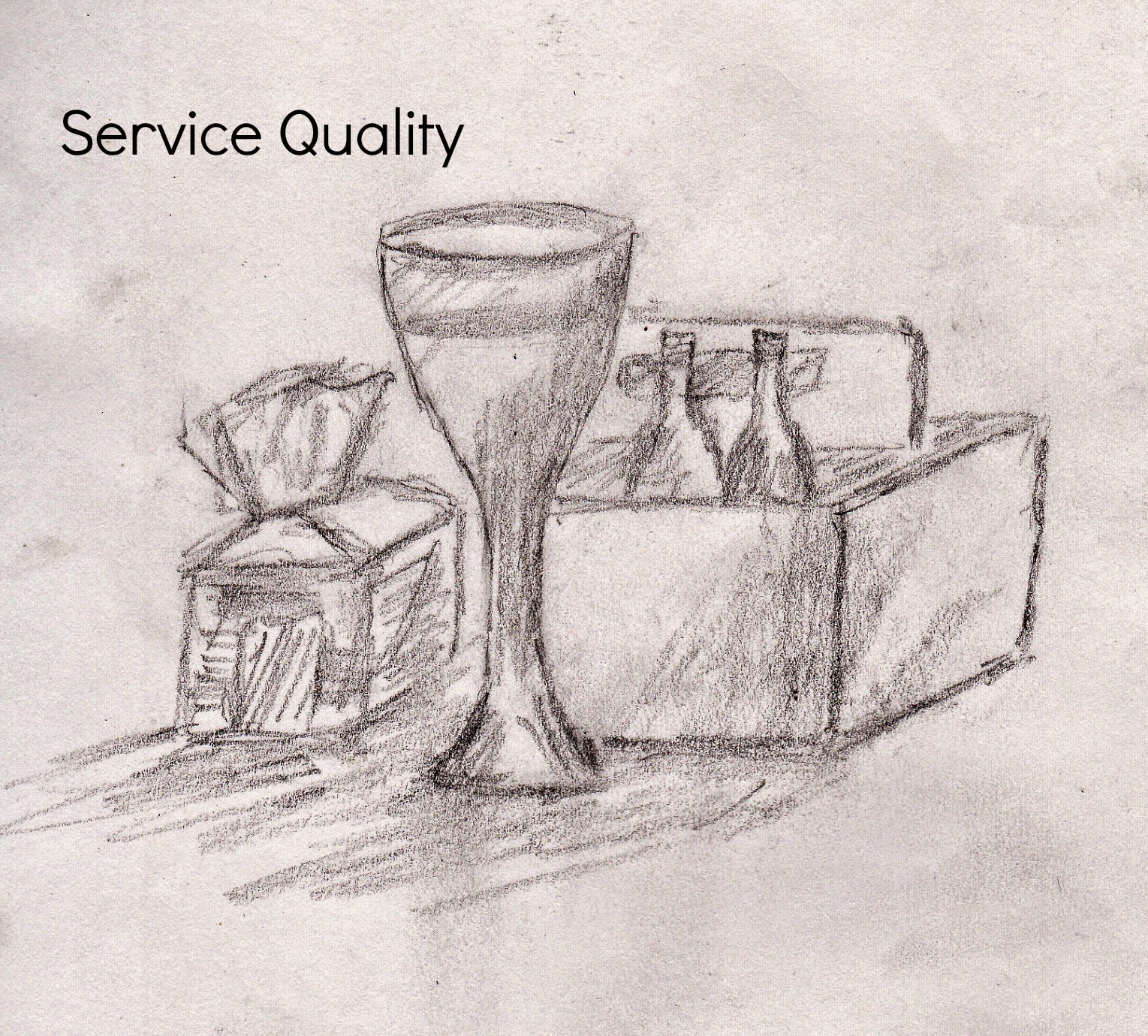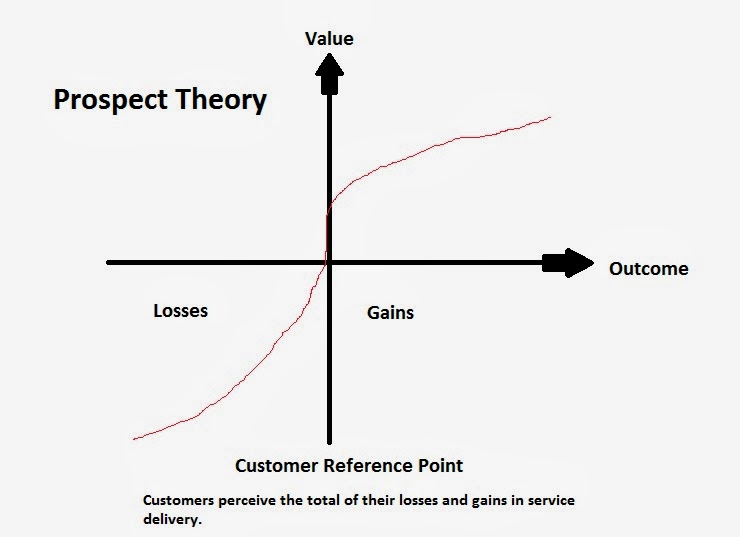Developing
strong service management within organizations is not easy. Some customers may
like a particular approach while others will leave to other opportunities. The
researchers Sivakumar, et. al. (2014) studied service failures and surprises to
develop a model incorporating prospect theory to encourage positive service
impressions. Their work will delve in to
frequency of service failures/delights, timing of these failures/delights,
proximity of failures/delights, and the sequence of failures/delights.
It is
difficult to understand the totality of service if one is only focused on
failures. To get a better picture of the patterns of service perceptions among
customers it is beneficial to look at failures, success, and why these things
are occurring. To know what the company is doing well and what it is failing at
will provide better opportunities to enhance what works and minimize what doesn’t.
Their
model is based off of prospect theory. Prospect theory explains a mental
accounting system based upon heuristics that consumers use to judge winnings,
losses, and mixtures of both (Kahneman and Tversky, 1979). Customers have a value proposition in mind
when engaging in a particular service and if what is offered is less than that
proposition they will be disappointed and possibly move onto another company.
If the perceived value is higher than the customer will be satisfied and may
stay.
It is important to remember that service loss or
gain from the perspective of the customer is not equal. Research by Mittal, et.
al. Baldasare (1998) found that when customers lose it has a greater impact on
their psyche than when they win. This means that organizations should ensure
that positive impressions are more forthcoming in their service delivery chains
than the negative impressions.
They found that by suitably deploying resources and
the amount of service personnel firms can gain direct and indirect control over
the distribution of service failure occurrences and delights. Even with
lay-offs and cuts to budgets it is possible to analyze where these occur and
adjust the service process to ensure there are significantly more service
positives that raise customer satisfaction.
It requires an analysis of where service success and failure are being
delivered and reconstructing to service process to improve upon the chances of
positive outcomes. This leads to customer satisfaction, greater purchase
amounts, and customer retention.
Kahneman, D. & Tversky, A. (1979).
Prospect Theory: an analysis of decisions under risk. Econometrica, 47 (2).
.
Mittal, V. et. al. (1998). The
asymmetrie impact of negative and positive attribute-level performance on
overall satisfaction and repurchase intentions. Journal of Marketing, 63 (33).
Sivakumar,
K. et. al. (2014). Service quality: the impact of frequency, timing, proximity
and sequence of failures and delights. Journal
of Marketing, 78 (1).



